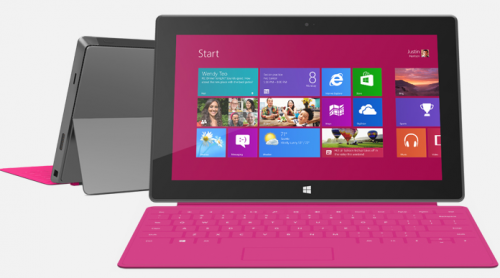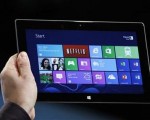Microsoft is trying to get an edge over the market with its Windows 8 version and that too frantically. Yes, the organization is in an expansive mode and has been modifying its rules and design patterns to accommodate the launch of 7 and 8-inch tablets that run on Windows RT or Windows 8.
Rumors are that the company would finally give in and allow its partners to launch such tablets. The only requirement that was posing a glitch was some minor re-adjustments in the Windows 8 hardware requirements. After providing the shuffle, Microsoft is ready to tap the market with its flagship OS.
The feature adjusted: Minimum requirement of the resolution pixels. Yes, the spotlight was on the pixels. The change now allows devices to be built with a minimum resolution of 1024×768 pixels. The previous requirement stood at a distinguished 1366×768 pixels. Devices built with this hardware specs were eligible for Microsoft’s Certification. The question that arises is:
What prompted this change to come about?
Well, in March 2012, the Windows Certification Newsletter stated that “partners exploring designs for certain markets could find greater design flexibility helpful.” With this approach, the company aims at targeting the low-priced and smaller tablet markets. The presence of tablets like the iPad Mini, Nexus 7, Kindle Fire, etc. have made the organization change its perception and the mode of execution.

All said and done, there’s a catch here as well. A manufacturer like Asus or Samsung, if decides to build a tablet that’s the size of the iPad Mini, has to notify a clear disclaimer. This disclaimer would inform the consumers that the device does not support snap. Now, what’s Snap?
Well, for those who don’t have an idea about it, it’s Microsoft’s coined term for a feature in Windows 8 and RT that allows you to run two Windows 8- styled apps besides one another. Not including this feature though, might be a nail in the coffin for the companies, as it will not lure the consumers.
The savior: many users don’t even have an idea about this feature and they wouldn’t care as well, as long as the tablets sell for less than $300.
The reason for not including this feature is the fact that the pixels have been reduced. The split-screen experience won’t have the desired effect with the reduction in space. Microsoft, has taken the bet hands-on and is looking forward to cater the demands of the average buyer. Let’s keep the fingers crossed and await the launch.
